By now, you might have seen the headlines about MAPPA founder and Tezuka prodigy Masao Maruyama’s comments about how Chinese animation, or donghua, will soon overtake Japan because “people are no longer trained in animation.” While he added that “a bunch of restrictions imposed on free expression there” have prevented that from happening, this hasn’t stopped discussions and debates online about the seeming decline of anime. Then again, when hasn’t the sky been falling?
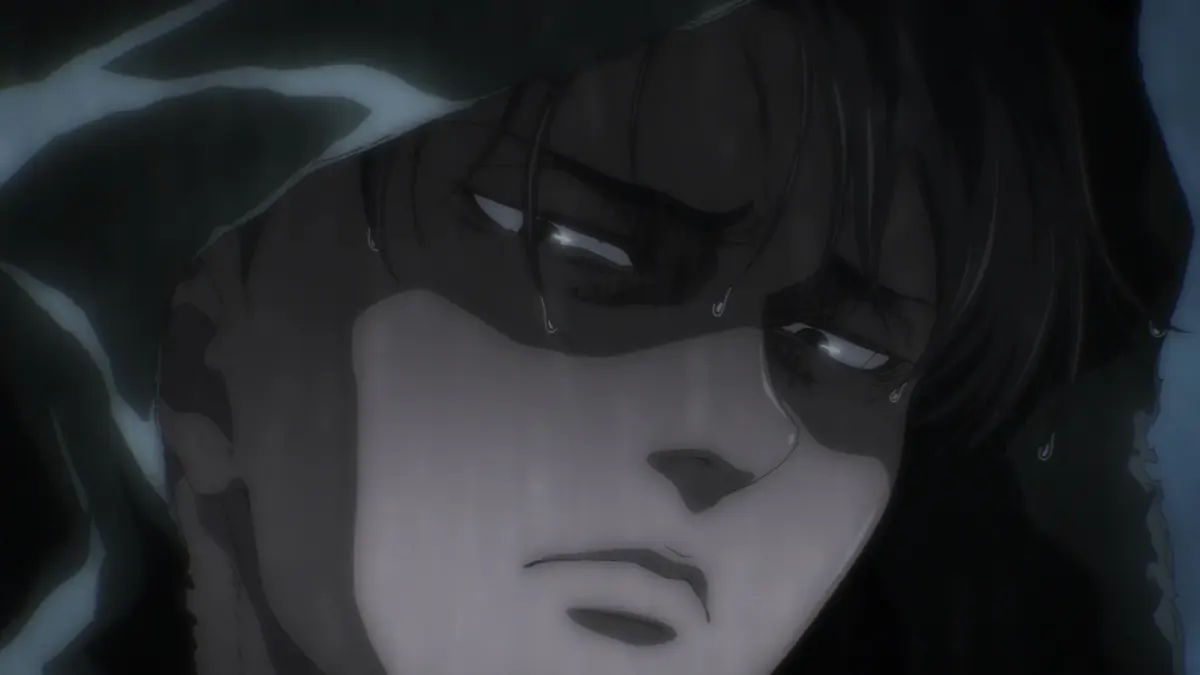
As touched on way back in 2020, the idea of anime’s decline has become such a long-running meme that it still refuses to die. This isn’t even getting to the infamous “Anime was a mistake,” which wasn’t really said by Hayao Miyazaki. Granted, it’s not far off from his actual views on otaku, and he has only grown more bitter with age.
'80s Miyazaki quotes
*NES is my enemy.
*I de-stressed by riding a motorbike at the time of Nausicaa.
*I thought anime magazine industry would collapse in three months.
*Btw, I hope the whole anime industry will collapse. I want to make anime in the empty field. pic.twitter.com/RGKJqjrIBj— ehoba (@htGOIW) August 7, 2021
While this may inevitably be due to the nature of the anime industry and how its varied personalities have similarly different views on it, Maruyama certainly isn’t the first to express his concerns. He also won’t be the last. In fact, he’s got fascinating company.
Toshimichi Otsuki
While the name might not sound very familiar, Toshimichi Otsuki is a long-time producer who had a hand in various anime until his retirement in the late 2010s. This was notably seen in his collaborations with Gainax and the future Studio Khara, such as with 2006’s FLCL. It was also around that time, however, that he gained some notoriety for his outspoken views on the industry, as moe-centric and slice of life shows were becoming more popular.
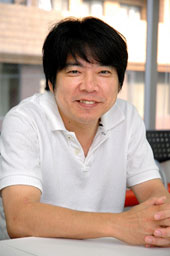
In a November 2006 interview with Cyzo magazine, he bemoaned how, since the original Evangelion was a hit, the anime industry had abandoned its old teenaged student audiences in favor of “obsessive fans in their 30s who spend money, centered around late-night broadcasts,” with creators and producers like himself at fault for pandering to such a “deviation” from what the form should naturally be. He notably cited a show by a rising studio called Kyoto Animation as emblematic of this decline:
これが現状です。でも今年、「涼宮ハルヒの憂鬱」っていう「学園萌え」の決定版が出ちゃったんで、もうDVDの売上的にはピーク、あとは下がるだけでしょうね。このままでは、アニメに未来はない。なぜかというと、今の中高生はアニメなんか馬鹿にしちゃって、見ていないからです。本来アニメは、子供にみてもらうものじゃないですか。
This is the current situation. But this year, “The Melancholy of Haruhi Suzumiya,” the definitive version of “school moe,” came out, so DVD sales have already peaked, and will probably only decline. If things continue as they are, there is no future for anime. The reason is that today’s junior high and high school students look down on anime and don’t watch it. Animation is originally intended for children.
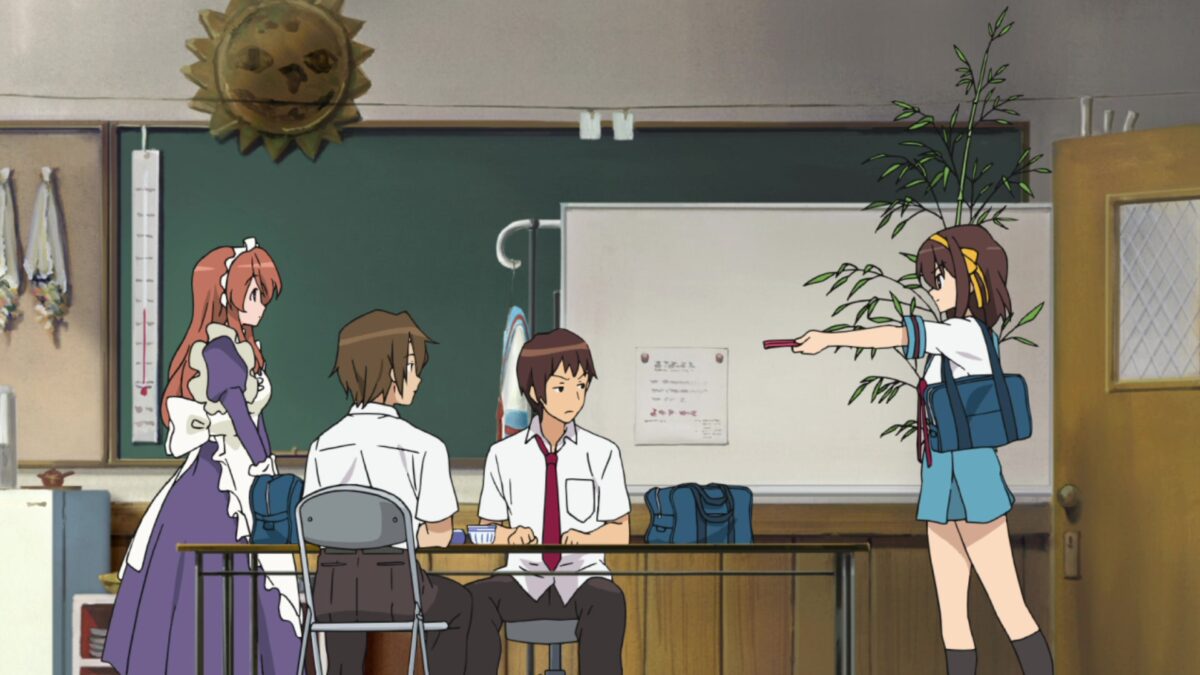
This sentiment, coincidentally, influenced his involvement with the first three Rebuild of Evangelion films. Yet given his role as a producer for both 1999’s Revolutionary Girl Utena: The Movie and 2002’s Azumanga Daioh series, it can still come across as odd even within the context of the era. Not only did the spread of moe spearheaded by the likes of Kyoani help expand the fandom and creative horizons, but it would in time contribute to the industry’s modern resurgence.
Dai Sato
Known for his writing in shows as varied as Cowboy Bebop, Eureka Seven, and Ergo Proxy, Dai Sato has made a name for himself when it comes to quality anime production. At one point in his career, however, he expressed frustration with the industry itself.
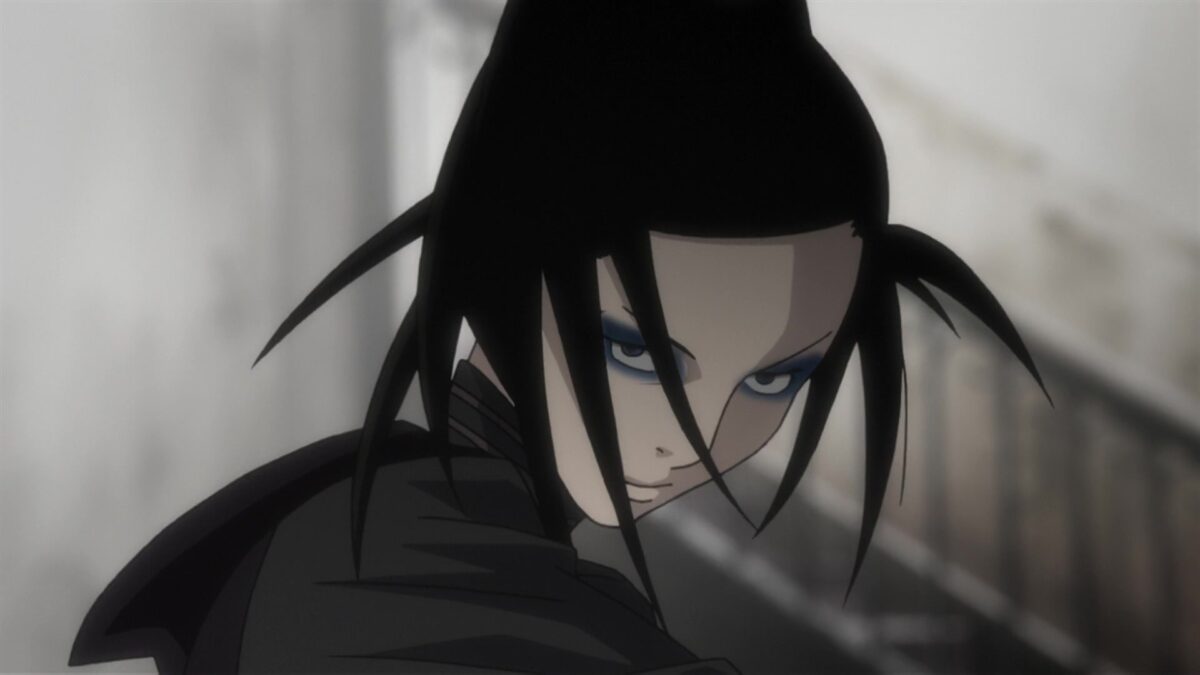
This came to light during a roundtable discussion at the Cultural Typhoon conference around July 2010. According to Patrick Galbraith, Sato complained about various issues he found wrong with modern anime, from outsourcing in-between frames, to the idea of government support through “Cool Japan.” He didn’t stop there, however:
“No one wants to hear about NEET [the unemployed],” Sato said. “They’d rather watch a group of high school girls in a band asking, ‘How do I play this note?’” By this point, he was livid and practically spitting in disgust at these fans who “luv anime” (anime daichuki). “If we are always escaping from reality and real problems, when will we face them?”…
…Anime has become a “super establishment system,” where nothing can be changed. And the system is moving towards the model of Akihabara – the importance of characters, images, merchandise – which Sato saw as a perversion of its original idealism.
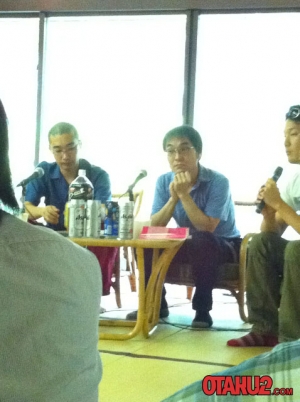
This wasn’t the end of Sato’s involvement in the industry. He even promoted his work in Ergo Proxy and Eden of the East at the same roundtable where he fought back. Nonetheless, he pessimistically gave anime a few decades before it would die out. Similar points would be echoed just a few years later, albeit not aimed at otaku.
Hideaki Anno
Evangelion creator Hideaki Anno needs little introduction, whether it be his voluminous portfolio or his legendary struggles on and off the proverbial set. This extends to his peculiar relationship with anime, which has fluctuated wildly between contempt and admiration.
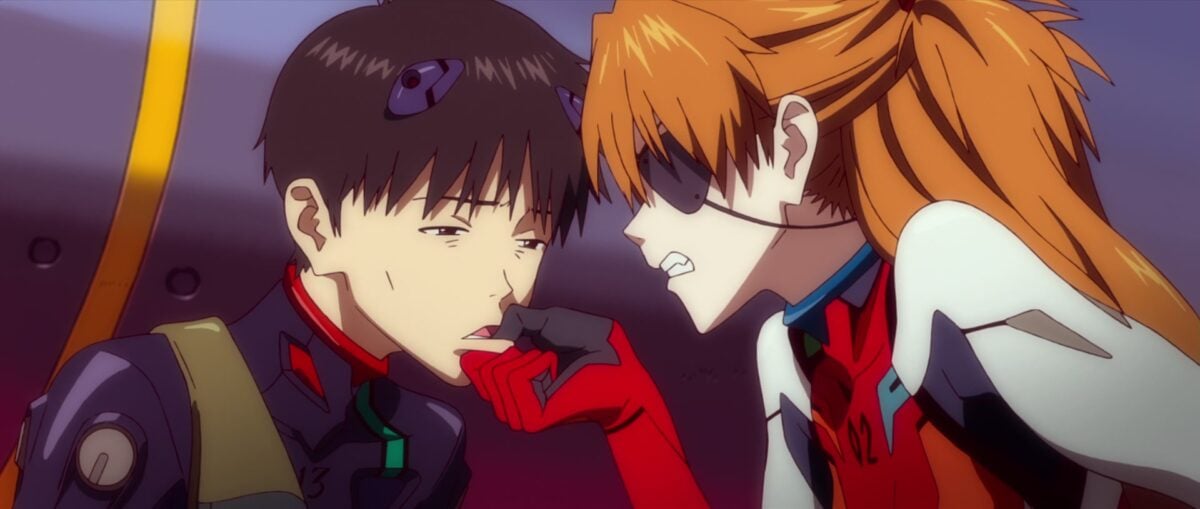
At the Tokyo International Film Festival in 2014, Anno was quoted saying how the industry was at a dead end, and that “it will be tough to escape unless we can make animation without commercial considerations.” It wasn’t until a May 22, 2015 interview with Russian outlet RIA Novosti that he caught headlines by not only proclaiming the imminent death of anime, but that he’d give it 5 to 20 years before it would finally collapse:
Five years at the fastest, 20 years at the latest. And in the future it will not be able to create what is being created here now. There won’t be people, there won’t be money, the whole situation in Japan won’t allow for carefree anime creation without thinking about anything….
…In Japan, that was a few decades ago. Now we’re moving on inertia. It’s hard for us to shift to computer graphics because of our conservatism. It’s important, of course, that we attach so much importance to traditional animation, but if you stick too much to that, then the process becomes unstoppable. Japan somehow fails to become more flexible and figure out how to make an interesting cartoon in a new environment.
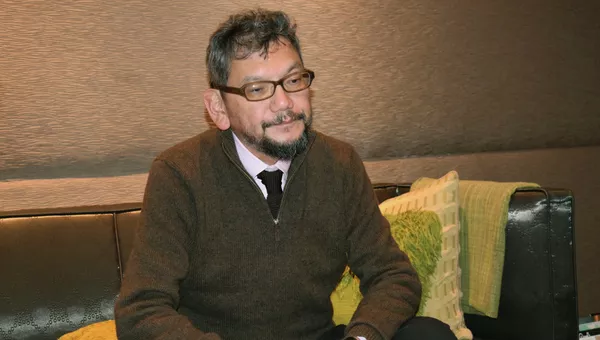
Granted, he tried tempering those remakes by pointing out how other Asian countries might step in, and that his bitterness with otaku, infamously highlighted by End of Evangelion, had already been fading by then. Meanwhile, those familiar with how the anime industry works would find valid points sprinkled throughout Anno’s remarks, which were also meant to promote his Japan Animator Expo initiative (which ran from 2014 to 2016). Nonetheless, these almost certainly lent fuel to the pessimistic “anime is dying” discussions online.
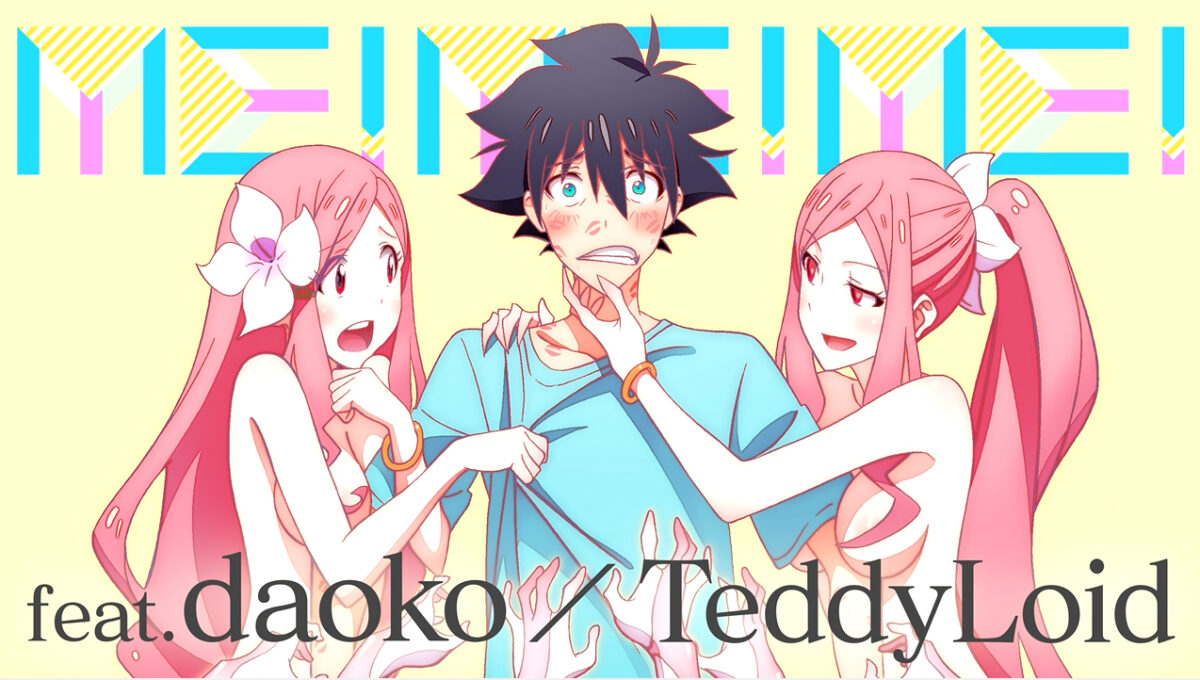
Yet by the time the last Rebuild film hit cinemas, those fears and worst-case scenarios didn’t pan out as expected. No doubt it’s not all sunshine, and there’s still much that could be better. Yet whether it’s a continued string of hits into the 2020s, or the gradually coalescing legacies of both the Young Animator Training Project and Jun Sugawara’s Animator Dormitory program in helping the next generation, Japan has proven to be more resilient than cynics give it credit for. Anno himself might agree.
What are your thoughts on the many deaths of anime? And speaking of MAPPA, feel free to give the studio that helped make Attack on Titan a little love with a fresh-from-Japan Levi Figma Action Figure, courtesy of J-List!


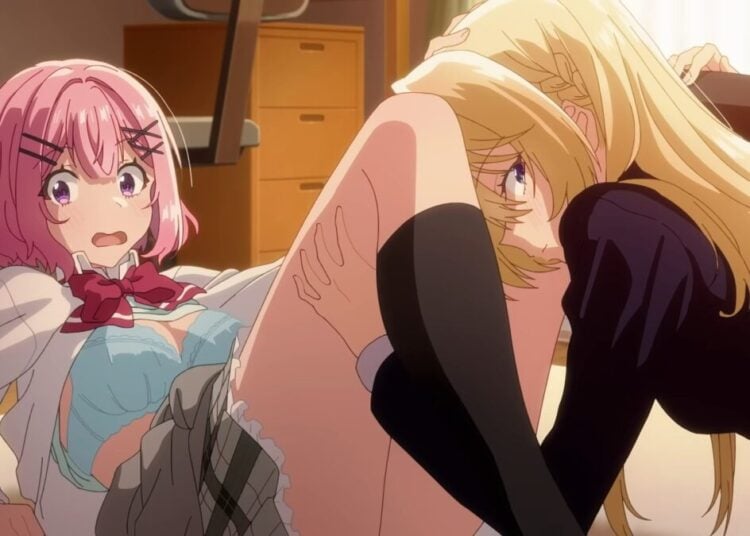
![Sawaranaide Kotesashi Kun Episode 12 [END] Featured Image](https://blog.jlist.com/wp-content/uploads/2025/12/Sawaranaide-Kotesashi-kun-Episode-12-END-Featured-Image-750x536.jpg)











